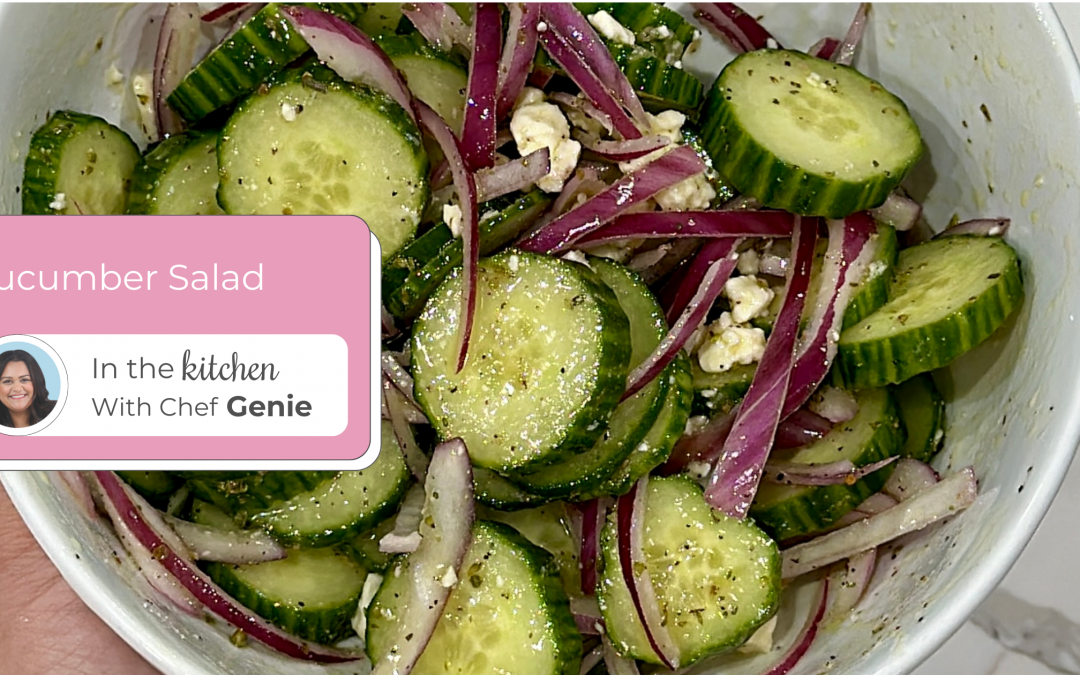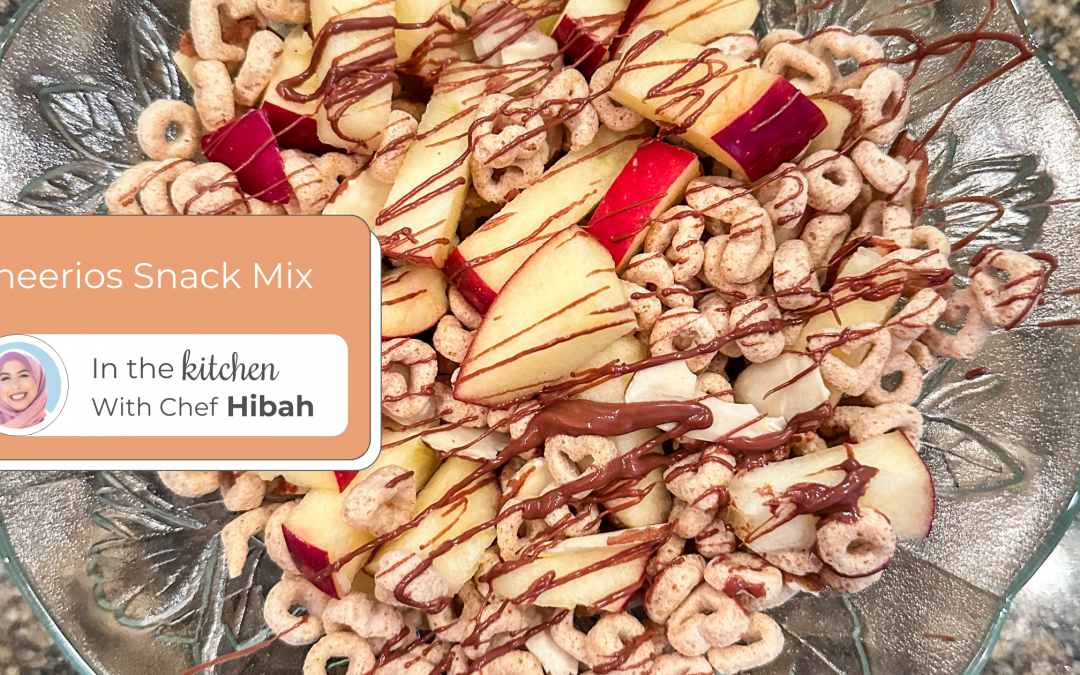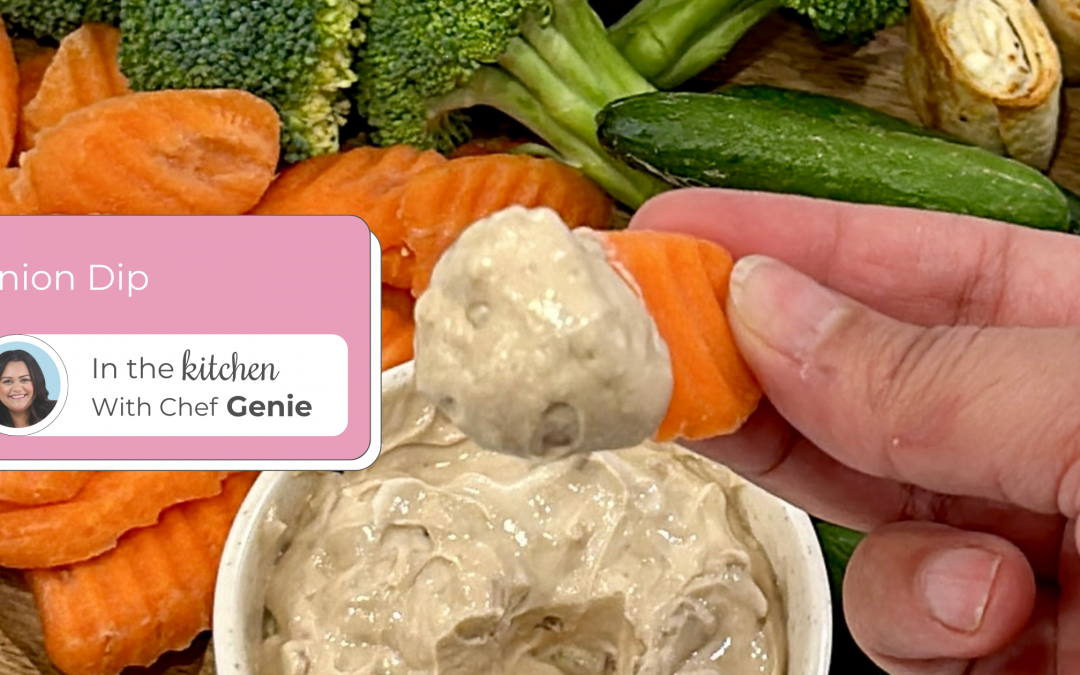A calorie is an Energy Unit. Calories in a diet applies to the calories people receive from the food and drink they consume, and the calories they use in physical activity.
Calories are listed on all food packaging in the Nutrition Information. Many weight loss services center on reducing calorie intake.

What calories are and what they are not
Many people think of calories as “stuff” in their food which will bring weight to you if you consume too much of them. Eating more calories than you need is likely to result in weight gain, that part is surely true. But calories aren’t “things” you can either see or touch. You can not pick it from your food or push it to the side of your plate. Love ’em or hate ’em, they ‘re something without which you absolutely can not exist.
A calorie is simply a measurement unit of the energy in the foods you consume. Your body is not using energy to increase water temperature, but you need energy (measured as calories) to fuel all of your daily functions. This includes your basic metabolic processes as well as all the activity that you’re engaged in all day.
Those calories are essential for life. Your resting metabolic rate (the number of calories your body uses every day just to keep you alive for the most basic processes) accounts for about 75 percent of the calories your body uses every day. The residual amount you burn throughout the day is used to power your muscles as you walk about and exercise during the day. And it uses a very small amount to digest and process your meals.
Most people are associating calories only with food and drink, but there are calories in everything that contains energy. 1 kilogram (kg) of coal, for example, contains 7,000,000 calories.
There are two types of calorie:
A large calorie (kcal) is the amount of energy required to raise 1 kilogram (kg) of water by 1º C. It is also known as a kilocalorie.
A small calorie (cal) is the amount of energy required to raise the temperature of 1 gram (g) of water by 1º Celsius (º C).
1 kcal is equal to 1,000 cal.
In certain cases, the words “big calorie” and “small calorie” are used interchangeably. That would be inaccurate. The calorie content that is listed on food labels is kilocalories. In fact, a 250 calorie chocolate bar contains 250,000 calories.
Fast facts on calories
- Calories are important to human health. The trick is to have the right amount consumed.
- Everyone needs different amounts of energy every day, depending on their age, sex, size, and level of activity.
- People in the United States consume more than 11 percent of their daily calories from fast food.
- Foods that are high in energy but nutritionally low provide empty calories.
Daily requirement
The government of the United States states that the average man requires 2,700 kcal a day, and that the average woman needs 2,200 kcal a day.
Not every single person needs the same number of calories every day. People have different metabolisms at different levels that consume energy and some people have more active lifestyles than others.
The recommended intake of calories per day depends on several factors, including:
- overall general health
- physical activity demands
- sex
- weight
- height
- body shape
What Does “All Calories Are Not Equal” Mean?
All calories are energizingly equal. There are four calories in each gram of carbohydrate, four calories in each gram of protein, and nine calories in each gram of fat. That is not changing. The phrase “not all the calories are equal” means that some sources of calories are better than others. In short, you can get most of your calories from foods that are rich in nutrients. So while 250 calories from a candy bar are used the same as the 250 calories from a banana, an apple, and a pear combined, the fruit is obviously much better to you.
Empty calories
Empty calories are the ones that provide very little nutritional value. The food sections that provide empty calories essentially do not contain any dietary fiber, amino acids, nutrients, dietary minerals, or vitamins.
According to the USDA diet-management resource ChooseMyPlate.gov, empty calories come primarily from solid fats and added sugars.
- Solid fats: Though these exist naturally in many foods, they are often added during the processing of industrial foods as well as during the preparation of some food. Butter is a case in point for solid fat.
- Added sugars: These are sweeteners that are added during industrial processing to the foods and beverages. They ‘re loaded with calories. In the USA, sucrose and high-fructose corn syrup are the most popular forms of added sugars.
It’s said that added sugars and solid fats make food and drinks more enjoyable. They also add a lot of calories, however, and are a big contributor to obesity.
Alcohol can contribute to the diet with empty calories, too. One regular beer serving will add 153 kcal to a person’s daily intake.
If beer is your favorite drink, this calorie calculator provided by the National Institute on Alcohol Abuse and Alcoholism can be used to find out how many calories alcohol adds to your diet.
The following foods and drinks provide the largest amounts of empty calories:
Solid fats and added sugars
- ice cream
- donuts
- pastries
- cookies
- cakes
Solid fats
- ribs
- bacon
- hot dogs
- sausages
- cheese
- pizza
Added sugars
- fruit drinks
- sports drinks
- energy drinks
- soda
Sugary beverages are America’s leading source of empty calories for humans.
What’s the Best Way to Track Calories?
The easiest way to lookup calories is to use Healthi. You pick the food you eat, the drinks you drink and the Healthi app will count the calories and give you a grade of daily nutrition. You can also track the calories that your body is burning every day.
Takeaway
Calories tend to be primarily related to weight gain and obesity, but are essential to wellbeing. They pose a health risk only when humans eat more than the prescribed amount.
When thinking about calories, you should consider not just your diet but your physical activity level as well. Regular, high-intensity exercise can be countered with a high-calorie intake.


















